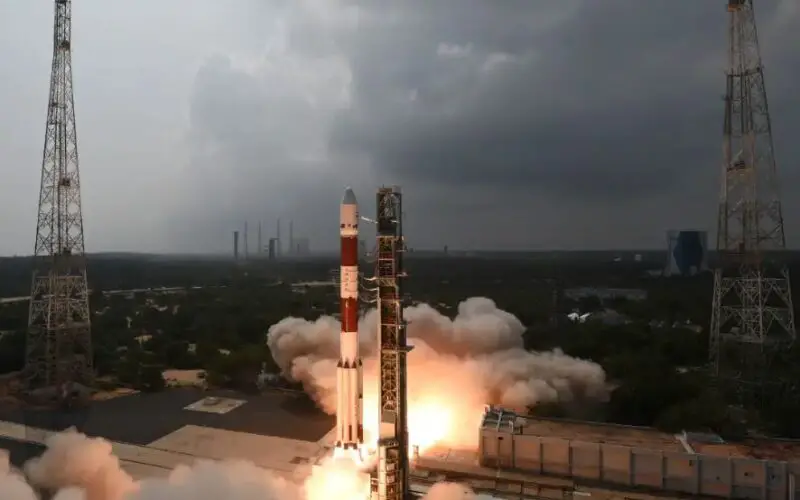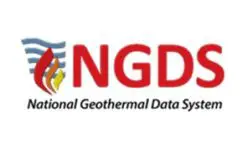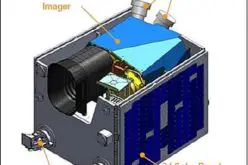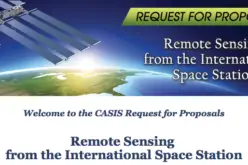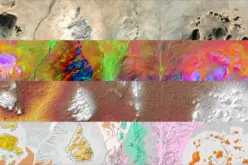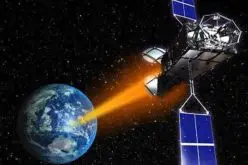On November 26, 2022, ISRO completed the mission by successfully launching Eight Nano-satellites and the EOS-06 satellite by PSLV-C54.
The mission’s primary goals are to maintain the operational applications by ensuring the data continuity of ocean colour and wind vector data. Additional datasets like Sea Surface Temperature and other bands in the optical region for florescence and in the infrared region for atmospheric adjustments are supported to improve the applications. To create or upgrade relevant algorithms and data products for use in well-established application fields and to increase the usefulness of the mission.
EOS-06, a third-generation Oceansat satellite with improved payload capacity, continues to offer Oceansat-2’s services. Ocean Color Monitor (OCM-3), Sea Surface Temperature Monitor (SSTM), Ku-Band Scatterometer (SCAT-3), and ARGOS are the four significant payloads the satellite carries on board. The Sept. 2009 launch of Oceansat-2 was designed to characterise the lower atmosphere and ionosphere, cover the world’s oceans, and give continuous data on ocean colour. The mission led to numerous national and international research partnerships in a variety of fields, including global chlorophyll distribution, Kd 490 distribution, ocean colour photographs, oil spillages, and wind vector products.
The EOS-06 is designed to collect information on ocean surface temperature, ocean colour, and wind vectors for use in oceanography, climatology, and meteorology applications. A possible fishing zone employing chlorophyll, SST, wind speed, and land-based geophysical parameters is one of the value-added services provided by the satellite.
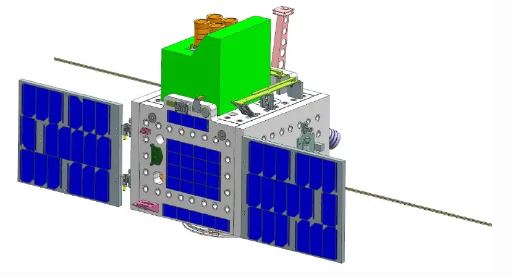
Image Credit: ISRO
Two Orbit Modify Thrusters (OCTs), which were added to the PSLV-C54 vehicle’s propulsion bay ring, were then used to change the orbit. Later, all seven of NSIL’s commercial satellites were successfully launched.
Astrocast is a 3U satellite from Spaceflight Inc. in the United States that was detached afterward.
The Thybolt, a 0.5U spacecraft bus with a communication payload to enable quick technological proof of concepts and constellation development for numerous users from Dhruva Space using their own Orbital Deployer with a minimum lifetime of 1 year, was launched into the target orbit.

Image Credit: ISRO
The Anand three-axis stabilized Nano satellite from Pixxel in India successfully placed all other subsystems, including TTC, power, onboard computer, and ADCS, into orbit as a technological demonstrator for compact electro-optical payload.
The INS-2B satellite for Bhutan, part of the INDIA-BHUTAN SAT joint mission between India and Bhutan, has two payloads: A multispectral optical imaging payload called NanoMx that was created by the Space Applications Centre (SAC) and the APRS-Digipeater, a project of the URSC and DITT-Bhutan, was successfully launched.
Satellites Onboard In PSLV-C54

Image Credit: ISRO
Source: ISRO
Also Read –
GNSS: The Foundation of Precision Applications in Ag


